Understanding Oil Bins
The concept of waste management has undergone significant transformation, leading to more sophisticated and environmentally friendly practices. Central to this progress is the oil bin, a specialized container designed for the disposal and temporary storage of used oils. These bins play a crucial role in maintaining cleanliness and ensuring that waste oils are handled in a responsible manner.
Types and Features of Oil Bins
Oil bins come in various designs to cater to different needs. Some are equipped with wheels for easy transportation, while others are stationary, designed for a permanent spot. Features such as sealed lids are common, which help contain odors and prevent spillage. The capacity of these bins can range significantly, with options available for both small-scale and large-scale use.
Applications of Oil Bins
The application of oil bins is diverse, extending from residential to commercial settings. In households, smaller bins are used to collect cooking oil waste, whereas larger establishments like restaurants may use bigger, more durable bins to handle a higher volume of oil waste. The segregation of waste oil is facilitated by these bins, ensuring that it does not contaminate other waste streams.
Materials and Durability
Oil bins are typically constructed from materials that are resistant to the corrosive nature of oils, such as high-density polyethylene (HDPE) or stainless steel. This ensures longevity and safety, preventing leaks and environmental contamination. The robust construction of these bins also means they can withstand the rigors of frequent use and exposure to the elements when used outdoors.
Advantages of Using Oil Bins
Utilizing an oil bin for waste oil management is not only efficient but also environmentally prudent. These bins help in preventing improper disposal of oil, which can lead to significant environmental harm. Moreover, the design of modern oil bins often incorporates user-friendly features such as hands-free operation, which can be activated by a simple hand gesture or voice command, enhancing the user experience.
Innovations in Oil Bin Design
Innovation in the design of oil bins has led to the development of models that promote waste segregation, with compartments for recyclable and non-recyclable materials. The integration of technology has also seen the emergence of touch-free oil bins, which minimize the risk of contamination and promote hygienic disposal practices.



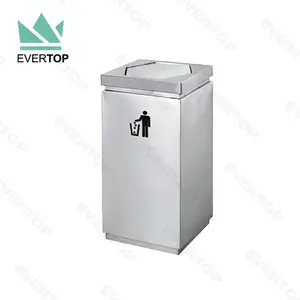




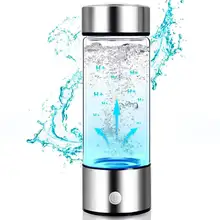
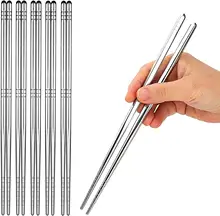





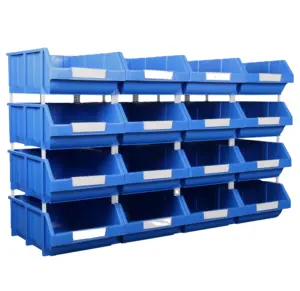
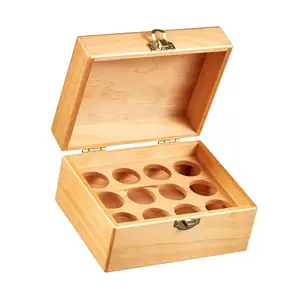






















 浙公网安备 33010002000092号
浙公网安备 33010002000092号 浙B2-20120091-4
浙B2-20120091-4